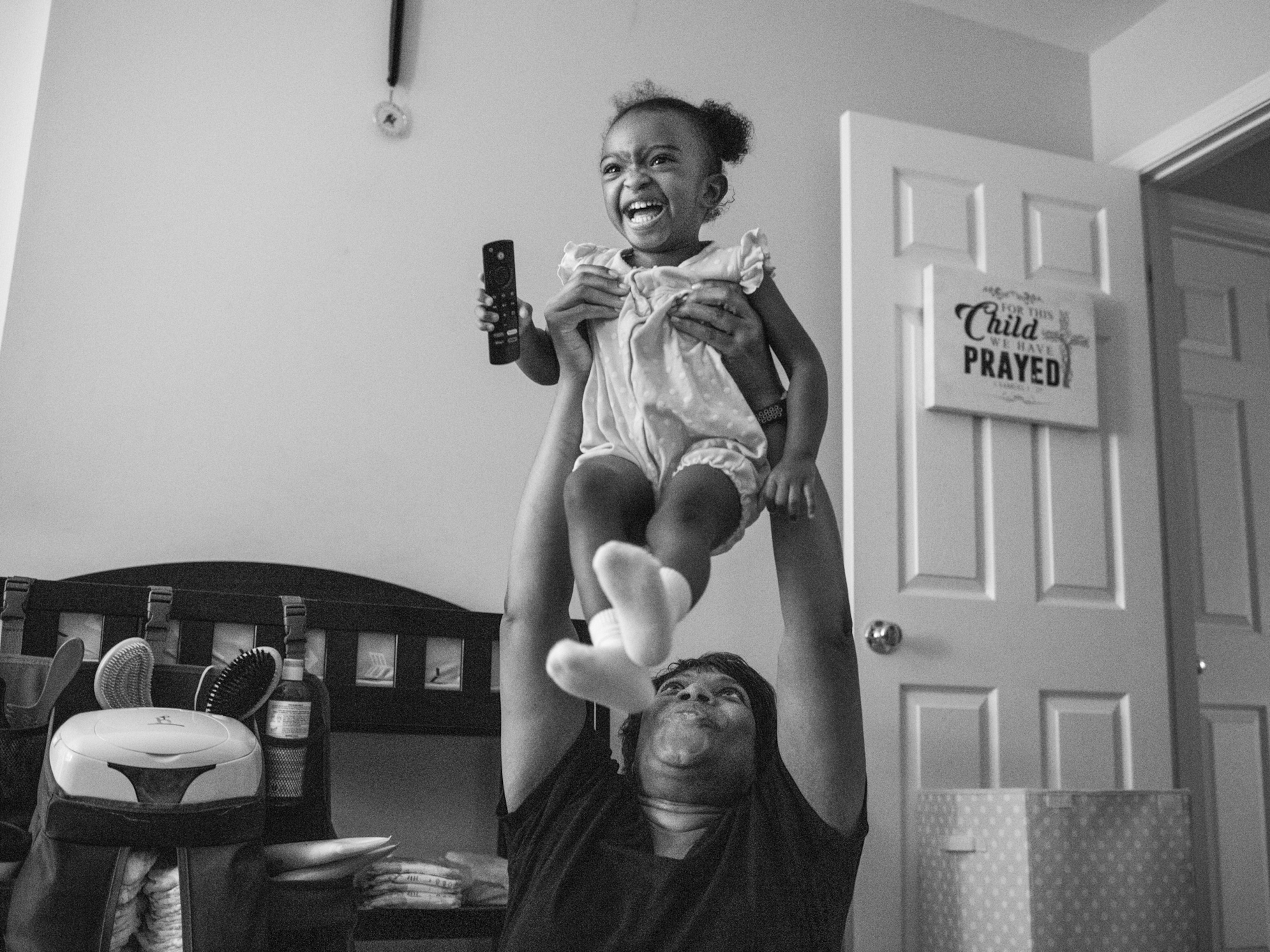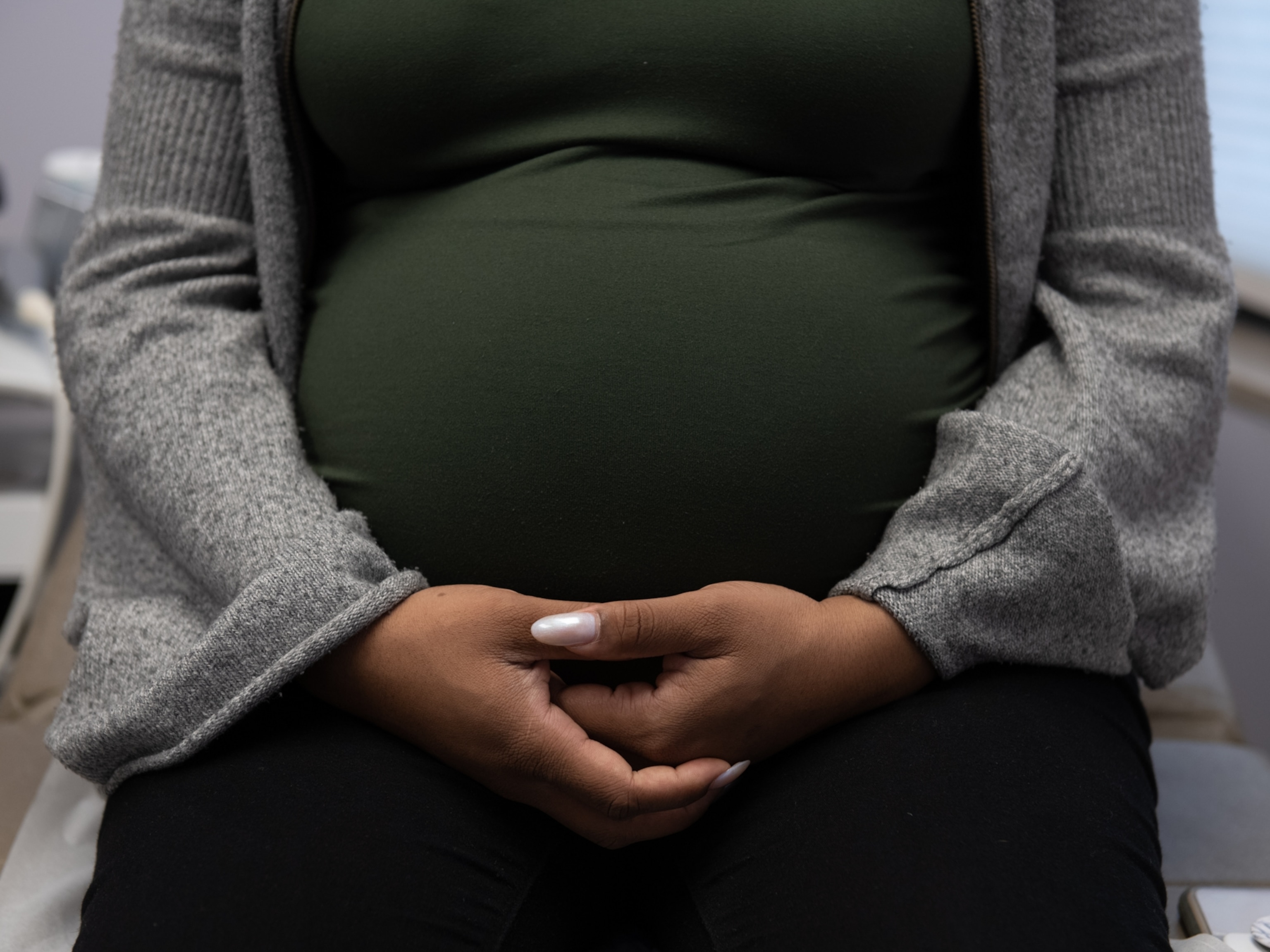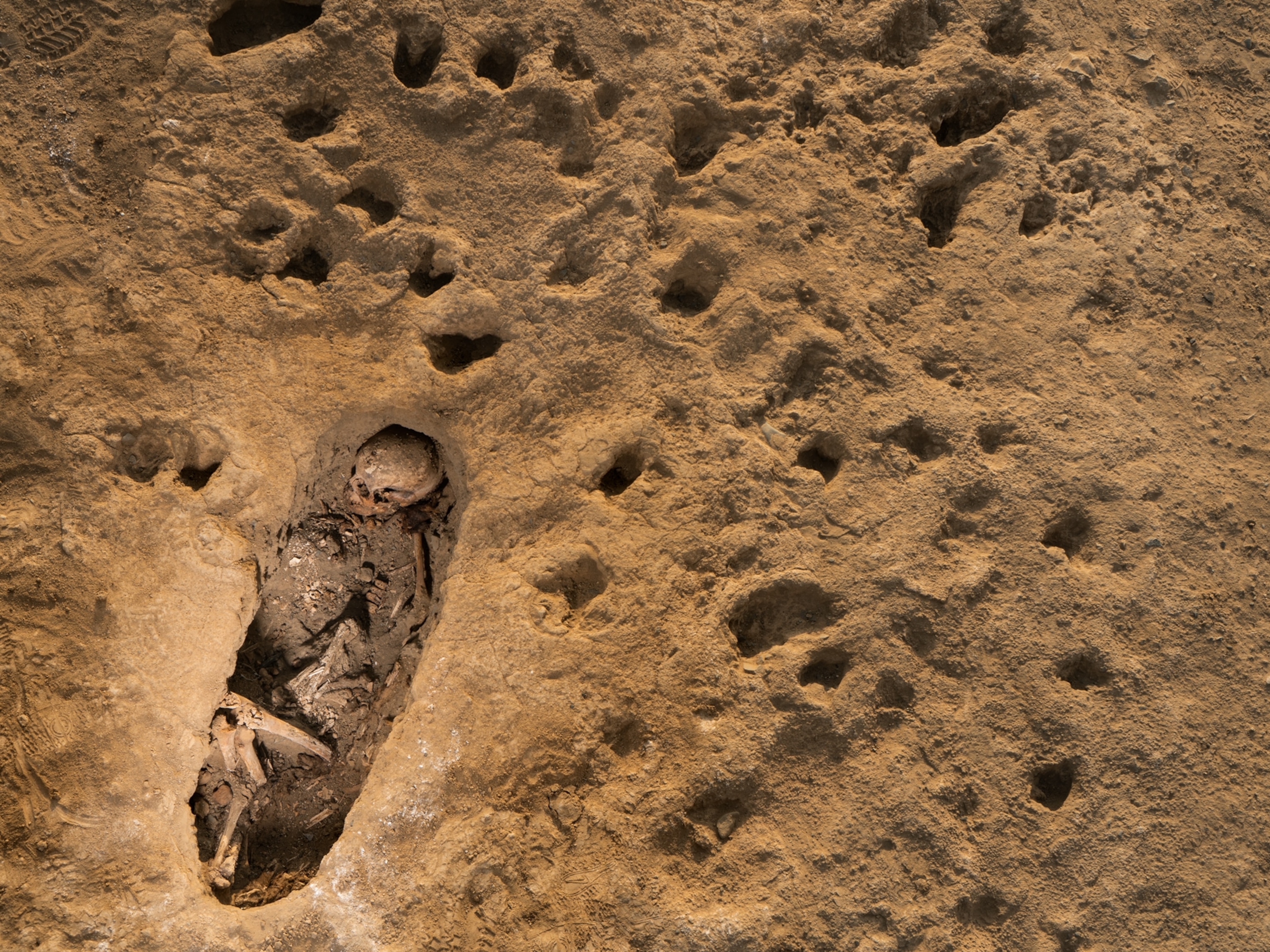
100 years later, visualizing a new Armenian narrative
First Diana Markosian found her father. Then she found her grandfather. Then she found part of herself.
Markosian—an Armenian-American photographer—has spent many years shooting a deeply personal project called Inventing My Father about reuniting with her dad after being separated as a child.
(In a recent episode of our podcast Overheard, we chat with Markosian, who tells us about her remarkable childhood and how her career as a photographer led her into the war in Chechnya—and eventually to her long-lost father’s doorstep. Listen now on Apple Podcasts.)
She was in Armenia working on that piece last October when she said she became “emotionally exhausted” and needed a break. She was about to leave the country when she was contacted by an organization that wanted her to photograph any living survivors of the Armenian massacres.

For context: From 1915 to 1923, the Ottoman Empire killed massive numbers of Armenians. More than 1.5 million Armenians were executed, according to Armenian estimates, and many others were deported or sent on death marches through the Syrian desert. More than 20 countries officially call this a “genocide,” but neither the United States nor Turkey recognize the word as an official term for the empire’s actions.
Turkey acknowledges that atrocities occurred, but it says the death toll among Armenians was lower—around 300,000—and that many Turks also were killed during the period of civil war and famine.

“I never had any interest in doing a story about the genocide,” says Markosian. “I think when you are Armenian, it’s almost the last thing you want to do.”
Markosian accepted the assignment, but was presented with a huge challenge in that the organization didn’t know where to find any survivors.
So Markosian set out on a journey of discovery—both physically and spiritually—to locate anyone in Armenia who had been alive in 1915 and had fled from Turkey during the mass killings.
To find them, she pored over voter registration records looking for people born before 1915 and came up with a list of 20 addresses. She then traveled the country knocking on doors.
She located ten survivors.

After making the portraits, Markosian decided to pursue the survivors’ stories in a more personal way. Of the ten people she had originally found, six were still alive, and three were bedridden. She went back to conduct in-depth interviews and ask them about memories of their childhoods.
“I understood right away that I had to pursue this project fairly quickly if I wanted to see it come about. I understood I had to bring them into this process. It wasn’t my story. I had no real authority to tell it,” says Markosian.
But during the course of this project, she discovered that their story was partly hers as well. In conversations with her grandfather she learned that her great-grandfather had escaped the massacres when a Turkish family took him into their home.

For her new project, called 1915, Markosian asked three of the elders to describe their last memories of their homeland. She then traveled to the places they had described—places they hadn’t seen in almost a hundred years.

Then, as a surprise, Markosian made pictures that she enlarged into ten-foot-wide billboards—so that her subjects could immerse themselves in the images of home.
“It brought them closure in a way that they didn’t have from the government, either in Armenia or Turkey,” she said.

Markosian says all three have hung the billboards in their bedrooms, and that as a storyteller, she finally feels like she has done something worthwhile.
“Before this project I didn’t even feel comfortable identifying myself as Armenian, partly because of the history one inherits,” says Markosian. “But I started to find parallels between myself and [the survivors]—forced from our homeland and forced to give up some of our past. It intimately connected me with the people.”

The project 1915 is probably best experienced on Markosian’s website, where she has interspersed her pictures with archival images and dispatches from U.S. Ambassador Henry Morgenthau, who in 1915 tried to alert the United States to the unfolding disaster. She also includes hand-drawn maps and images, and a short video clip of Movses experiencing the billboard she made for him.
As a whole, the multimedia elements tell both the survivors’ tales, as well as a new story that Markosian helped to shape.

“When I was working on my Father project, I realized that photography itself wasn’t enough,” says Markosian. “In this project my role shifted from photographer to active participant, so I was creating the narrative. When you open yourself up to that, there is so much more that you can do than straight photojournalism.”
She continues: “I’ve been to each of these homes at least a dozen times. For me this isn’t a casual interaction, I spend from morning to night—having tea, helping them. Very little is about photography now, it’s about being with them. I wanted to establish a relationship where I was more than a photographer—I really wanted to give back.”
Related Topics
You May Also Like
Go Further
Animals
- How scientists are piecing together a sperm whale ‘alphabet’How scientists are piecing together a sperm whale ‘alphabet’
- Orangutan seen using plants to heal wound for first timeOrangutan seen using plants to heal wound for first time
- What La Palma's 'lava tubes' tell us about life on other planetsWhat La Palma's 'lava tubes' tell us about life on other planets
- This fungus turns cicadas into zombies who procreate—then dieThis fungus turns cicadas into zombies who procreate—then die
Environment
- This floating flower is beautiful—but it's wreaking havoc on NigeriaThis floating flower is beautiful—but it's wreaking havoc on Nigeria
- What the Aral Sea might teach us about life after disasterWhat the Aral Sea might teach us about life after disaster
- What La Palma's 'lava tubes' tell us about life on other planetsWhat La Palma's 'lava tubes' tell us about life on other planets
- How fungi form ‘fairy rings’ and inspire superstitionsHow fungi form ‘fairy rings’ and inspire superstitions
- Your favorite foods may not taste the same in the future. Here's why.Your favorite foods may not taste the same in the future. Here's why.
- Are the Great Lakes the key to solving America’s emissions conundrum?Are the Great Lakes the key to solving America’s emissions conundrum?
History & Culture
- These were the real rules of courtship in the ‘Bridgerton’ eraThese were the real rules of courtship in the ‘Bridgerton’ era
- A short history of the Met Gala and its iconic looksA short history of the Met Gala and its iconic looks
- Meet the ruthless king who unified the Kingdom of Hawai'iMeet the ruthless king who unified the Kingdom of Hawai'i
Science
- Why trigger points cause so much pain—and how you can relieve itWhy trigger points cause so much pain—and how you can relieve it
- Why ovaries are so crucial to women’s health and longevityWhy ovaries are so crucial to women’s health and longevity
Travel
- What it's like trekking with the Bedouin on Egypt's Sinai TrailWhat it's like trekking with the Bedouin on Egypt's Sinai Trail




